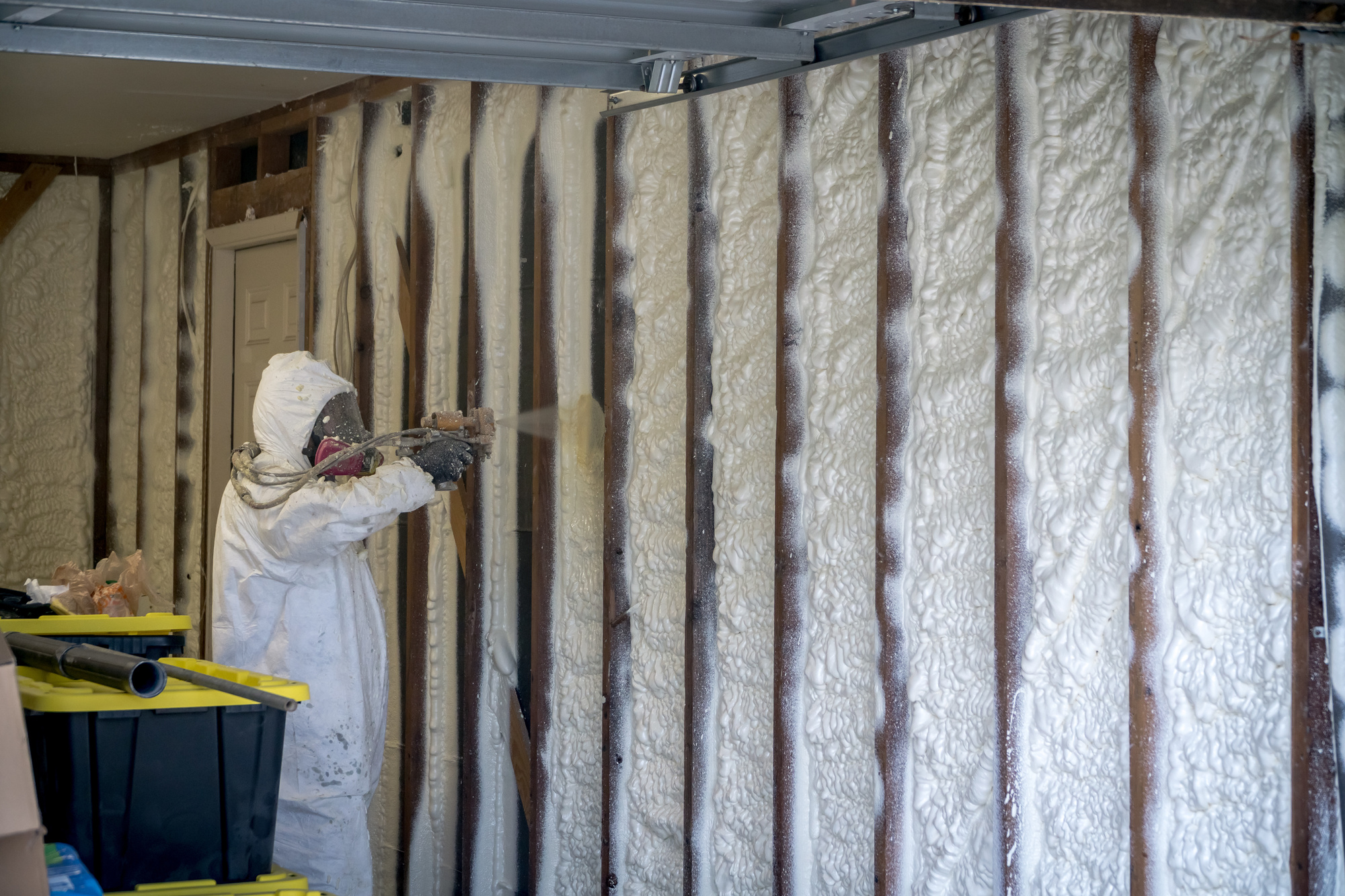
Despite global interruptions, analysts predict the fiberglass market will grow from $18 million in 2021 to $25 million in 2028. However, experts believe carbon fiber will increase more than its counterpart.
However, that brings us to the following question based on the data above. Fiberglass vs. carbon fiber (CF), which one’s better for most applications?
In this graphite fiber (carbon fiber) versus fiberglass guide, we will cover the differences between both materials. Moreover, we’ll explain the applications where manufacturers will use one material over the other.
Fiberglass vs. Carbon Fiber
First off, manufacturers make fiberglass with silicone instead of carbon. Otherwise, both materials are lightweight and durable. However, that’s not all the differences.
Throughout this fiberglass and carbon fiber guide, we will dive further into how CF differs from fiberglass. Moreover, we will explain where each material excels.
Component Strength and Rigidity
Fiberglass is less rigid than graphite fibers due to it being designed with multiple tiny glass shards. This design choice makes fiberglass useless in applications requiring a rigid material.
Also, carbon fiber is more tensile. It has a tensile strength of 500 kilopounds per square inch (ksi) versus fiberglass’ 300 ksi.
However, graphite fiber is more brittle than fiberglass.
Weight Compared To Other Materials
Regarding weight for solid materials, carbon fiber is one of the lightest. Not only is it lighter than steel and aluminum, but CF is also 15% lighter than fiberglass components.
Corrosion Resistance To Harmful Elements
Resistance to harmful elements is one area where CF and fiberglass have similarities. Both materials perform exceptionally in corrosive or acidic environments.
Cost-effectiveness
It’s more of an intensive and time-consuming process to manufacture carbon fiber than fiberglass. Therefore, the market price reflects on the work put into manufacturing CF. Graphite fiber has a higher price than fiberglass.
Affect on People
We’ve all heard of the dangers of inhaling fiberglass insulation. However, does carbon fiber pose any health issues? No, because manufacturers make CF a solid material. The same doesn’t go for fiberglass, though.
That’s because fiberglass uses tiny glass particles, which can also inflict cuts and rashes if touched.
Material Applications
Graphite fibers are a solid material that’s 10 times stronger than steel. Therefore, manufacturers use it for more areas that require a thick and lightweight material like automobile parts and aviation.
Fiberglass applications revolve around insulation for commercial and residential real estate. For instance, many manufacturers and construction companies will use fiberglass to insulate piping and storage tanks.
Get More Fiberglass and Carbon Fiber Tips
Fiberglass vs. carbon fiber, which is better overall? It depends on the application. In some areas, for instance, aerospace manufacturing, CF surpasses fiberglass. However, when it comes to insulation, fiberglass is the ideal choice.
Reach out to us to learn more about composite materials or to request a quote. Or, explore our blog for more carbon fiber and fiberglass tips.
